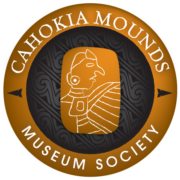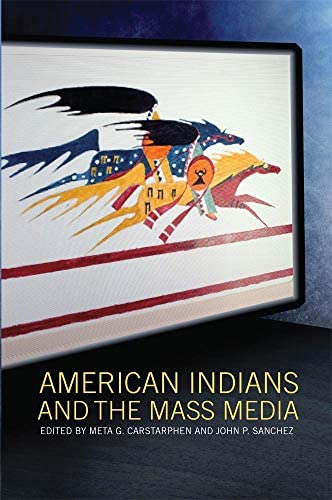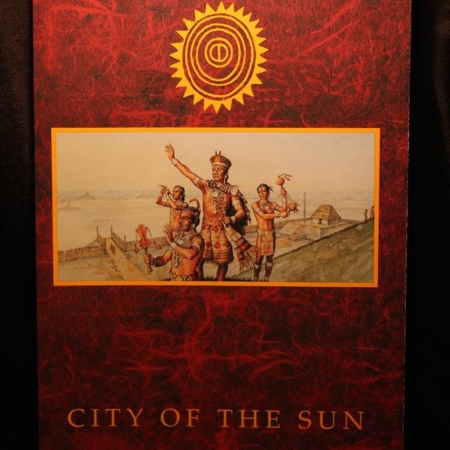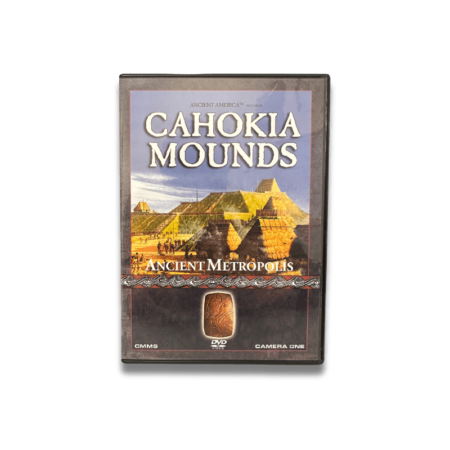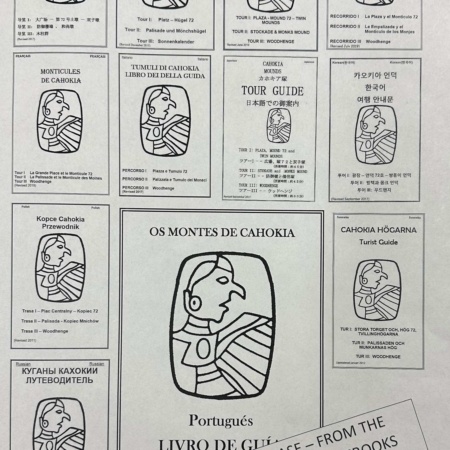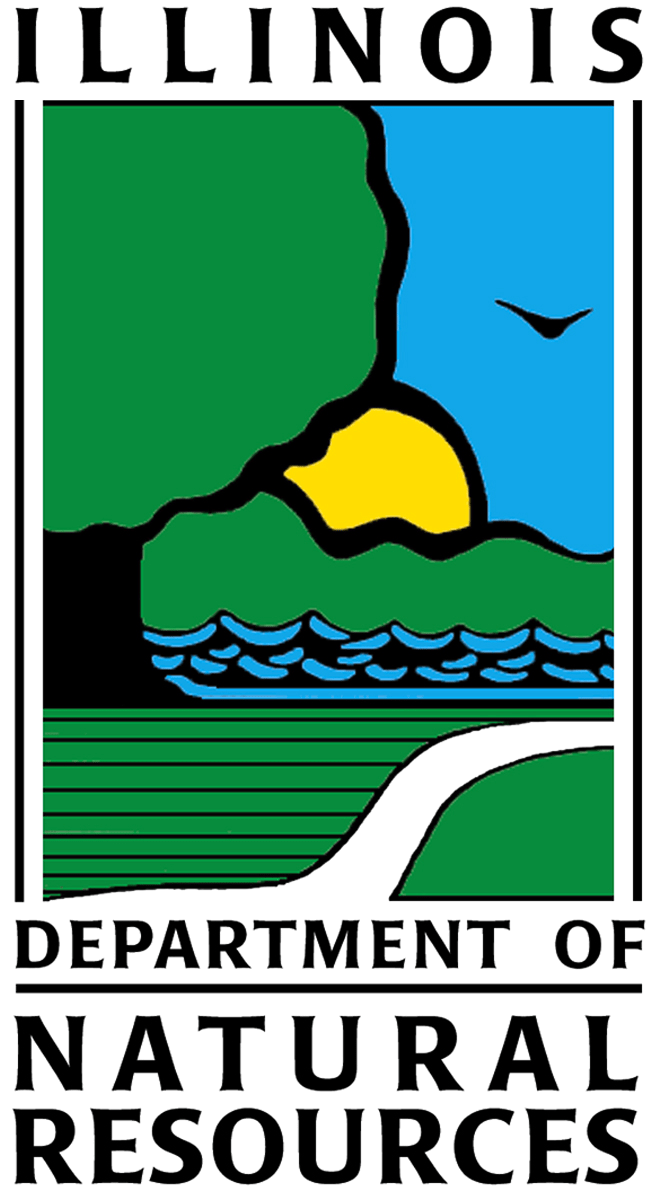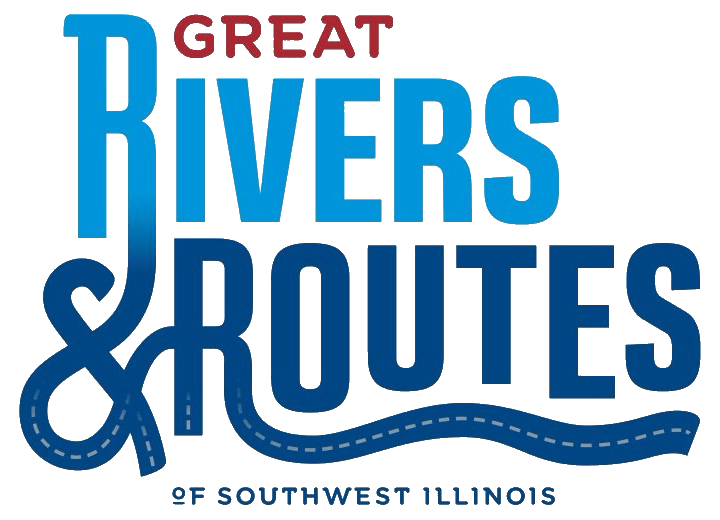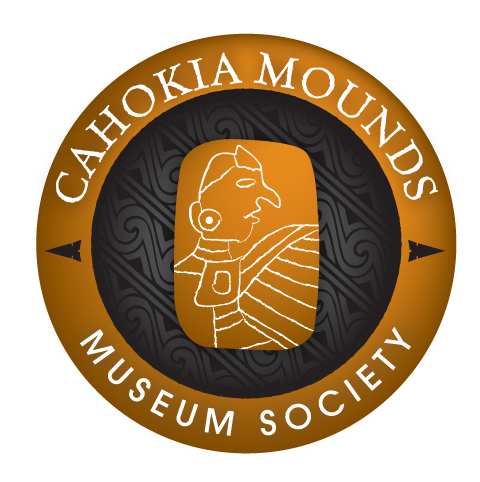Description
Edited by Meta G. Carstarphen and John P. Sanchez
In the twenty-first century, when many American Indians live in urban areas, why do the mass media still rely on Indian imagery stuck in the eighteenth and nineteenth centuries? How can more accurate views of contemporaryIndian cultures replace such stereotypes? These and similar questions ground the essays collected in American Indians and the Mass Media, which explores Native experience and the mainstream media’s impact on American Indian histories, cultures, and communities.
Chronicling milestones in the relationship between Indians and the media, some of the chapters employ a historical perspective, and others focus on contemporary practices and new technologies. All foreground American Indian perspectives missing from other books on mass communications. Particularly valuable are the essays highlighting authentic tribal voices in current and future media. Mark Trahant chronicles the formation of the Native American Journalists Association, perhaps the most important early Indian advocacy organization, which he helped found. As the contributions on new media point out, American Indians with access to a computer can tell their own stories—instantly to millions of people—making social networking and other Internet tools effective means for combating stereotypes.
Including discussion questions for each essay and an extensive bibliography, American Indians and the Mass Media is a unique educational resource.
Meta G. Cartstarphen is Gaylord Endowed Professor in the Gaylord College of Journalism, University of Oklahoma, and is co-editor of Sexual Rhetoric: Media Perspectives on Sexuality, Gender, and Identity, among other books.
John P. Sanchez is Associate Professor in the College of Communications, Pennsylvania State University. He has published numerous journal articles and book chapters on teacher education, communications, and American Indian issues.
University of Oklahoma Press, 2012
ISBN: 978-0-8061-4234-0

